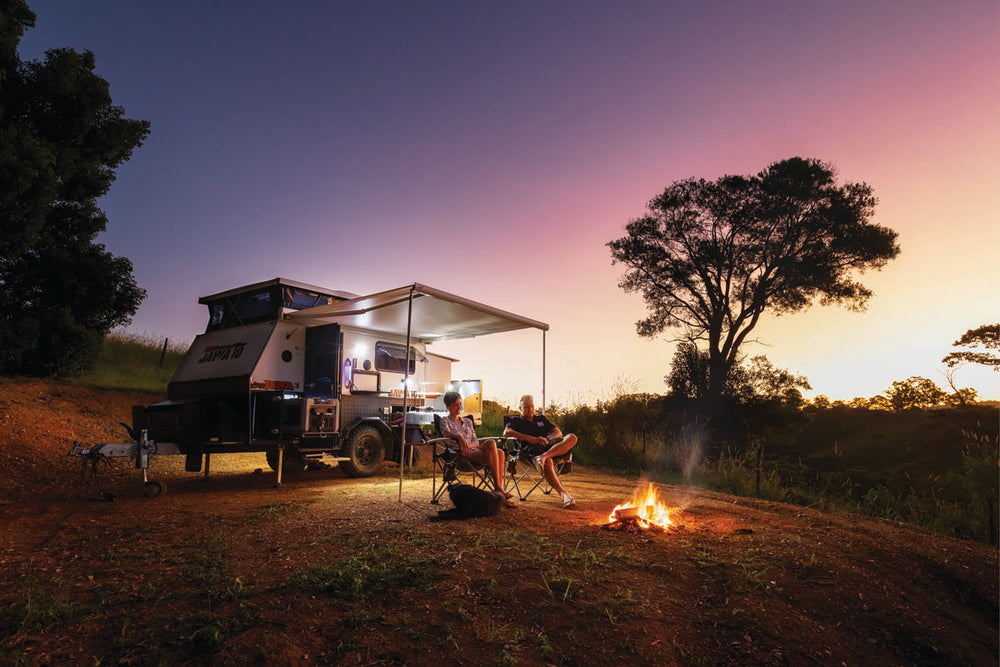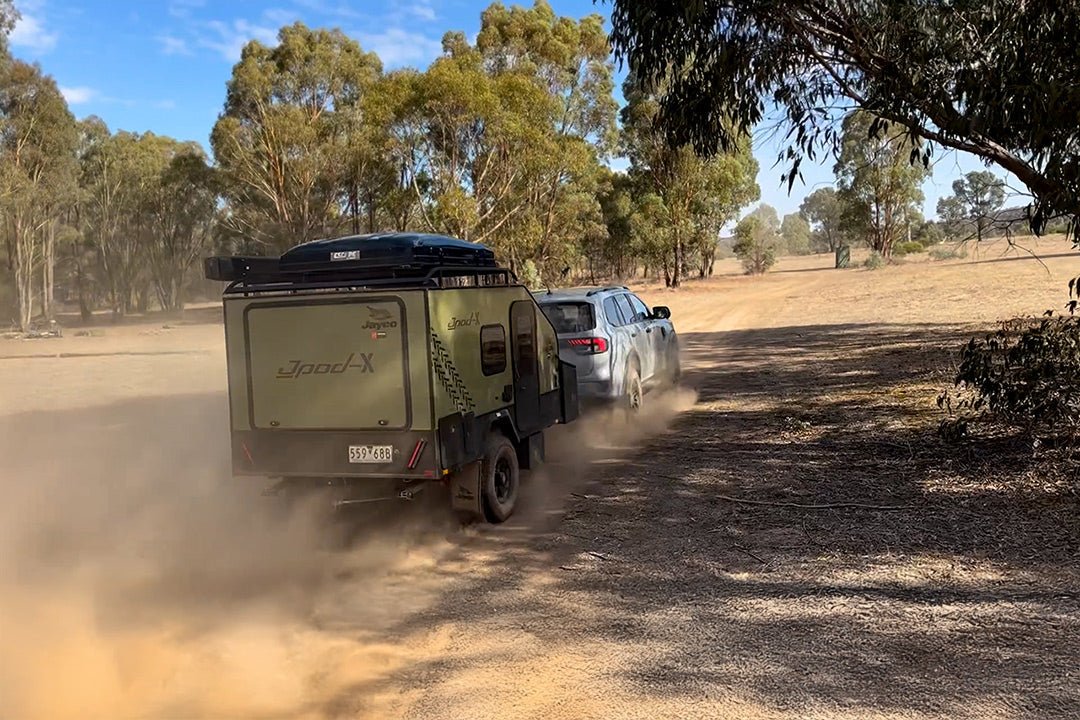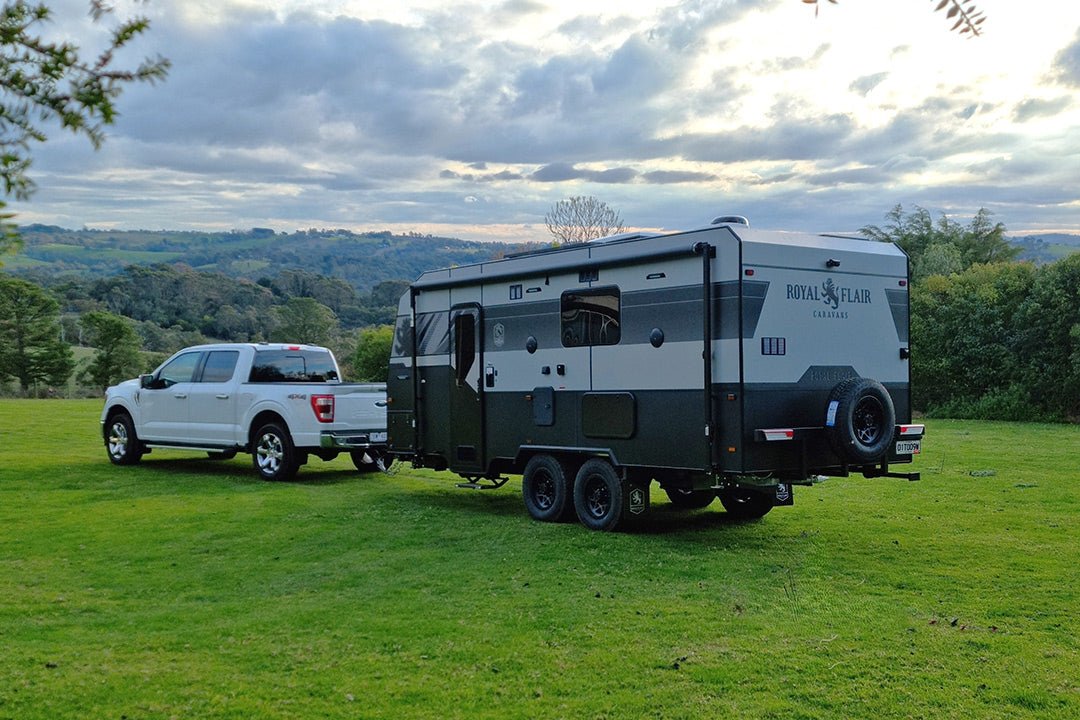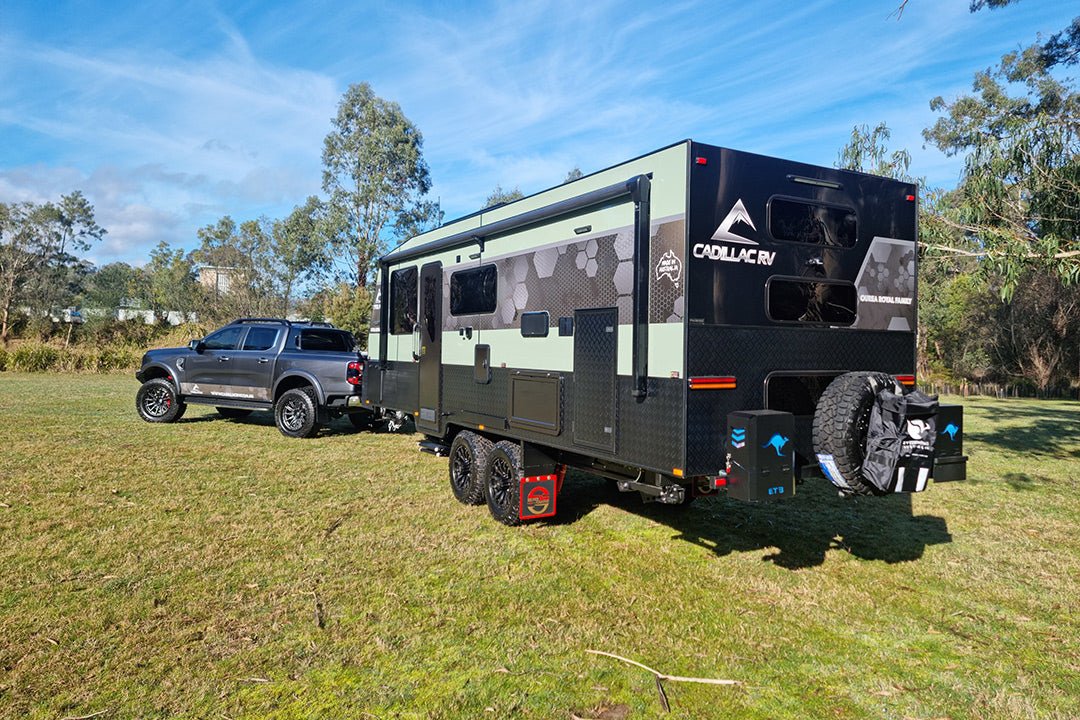Southern Forest Region, WA
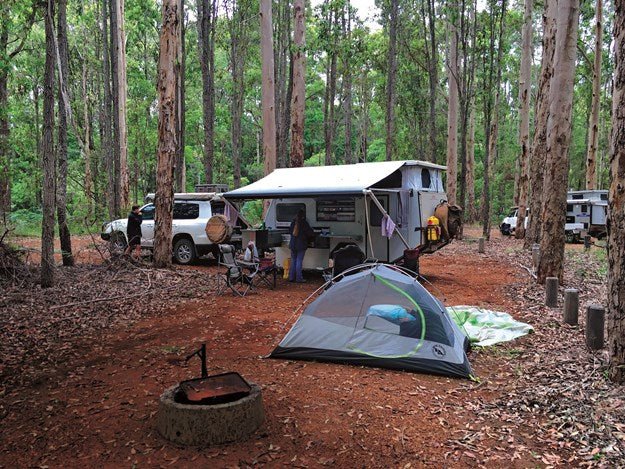
The best thing about the southern forest region in Western Australia is that it isn’t just about the forest. Not that the montage of magnificent karri, jarrah, marri and tingle trees which call this little corner of the state home wouldn’t be enough of an attraction in their own right. But throw in the other natural attractions such as rivers, inland sand dunes, beaches and rocky coastlines; as well as some more man-made ones like gourmet foods, woodwork and crafts; and you have a playground which has something for everyone.
The downside of this is that it is very popular and every man, his dog and his budgerigar wants to visit, and this can make for horrendous crowds. Our first mistake was going during school holidays, but with kids in school, there wasn’t really any other option. On top of that, many of the places we wanted to stay at don’t take bookings, so we were also taking a gamble on finding somewhere to lay our heads each night. But with some flexible planning and a pinch of luck, you can experience this beautiful region without getting too agoraphobic.
SAND, TAR AND TREES
After a stressful morning’s drive escaping the Perth metro traffic and then a lazy lunch in Nannup, we were feeling quite lethargic and agreed that an early camp was in order. Greens Island, off Graphite Road, rewarded with a relatively quiet national park campsite with plenty of spaces to choose from beneath the tall trees. The main noise came from the two willie wagtails that were determined to distract us from their nest, barely containing their two well-grown chicks, in a nearby tree. Little bird; big attitude.
There are plenty of walks you can do from Greens Island, with it being a crossing point for both the Bibbulmun (walk) and Munda Biddi (bike) tracks as well as being walking distance to the Four Aces and One Tree Bridge. As you wander you may come across the commemorative plaque “...in remembrance of William and Clara Green and their nine sons and three daughters, original pioneers of this area...1921”. A pretty definitive answer to the question of what people did to fill in their evenings before the arrival of television.
Next day saw a flying visit past Gloucester Tree (where you can still climb up to the fire lookout platform at the top) but the hordes of overseas tourists soon sent us scampering out towards the coast. Our goal was Leaning Marri Campground, which is located off Ritter Road and, if you are lucky enough to secure one of only half a dozen sites (really only suitable for tents or a small camper/caravan and you can’t pre-book), it makes a great base camp to explore the inland Yeagarup Dunes.
The Gods were smiling on us, and with the campers dropped off we headed through the forest and out onto the dunes. It really is a little surreal to be sand driving in the middle of a forest; quite spectacular if a little spooky with the ever moving sands consuming the helpless trees in its path. Once over the dunes and through more forest, you arrive at Warren Beach. The access to the beach is down a steep dune with a sharp turn required near the crest. Which isn’t such an issue going down, but we watched one driver repeatedly fail to get back up before emptying the entire family out of the 4WD (in the interest of harmony, the brand of the 4WD won’t be mentioned) to walk, so the now-lighter vehicle could struggle to the top.
We were a little concerned how the Cruiser would manage as she’s carrying a fair bit of extra fruit, but the big V8 didn’t let us down and with tyres down to 10psi she howled back up the dune without a hitch, all family members still comfortably on board.
Next morning, we headed back inland to the forests of Shannon National Park to the newly-extended campground. The new extension closely resembles a shopping centre carpark and the less said about it the better. Luckily, we managed to find a spot in the old section, which still has a few trees left. Thankfully, the day-use area at Shannon Dam was still relatively unscathed (though more clearing of trees was evident). Immersing ourselves in the 5.5km Rocks Walktrail rewarded with relatively untouched wilderness and stunning trees.
Unfortunately, any residual state of relaxation from our immersion in nature was short-lived as no sooner were we back on the South Western Highway, a small car rolled out of a side street right in front of us. It literally happened in surreal slow motion, he wasn’t rushing out to get in front of us, just slowly rolling across the highway, turning into our lane. Surely he’s going to stop. He must be able to see us. No, he’s still coming. Buzz box versus steel bull bar with nearly five tonnes of rig behind it was not going to end well. Us slamming on brakes and sharply swerving onto the gravel shoulder, never the ideal thing to do whilst towing, was all that saved them from a dire situation. And all the other driver had to say? “I didn’t see you”. Honestly, what is there not to see about a huge white LandCruiser, headlights beaming, on a straight stretch of road?
Well past time to get off the highway, and deciding that a nice hot shower was in order to try and recapture that relaxed feeling, we splashed out and booked in for a couple of nights at the Valley of the Giants Ecopark. Gluttons for punishment, next morning (leaving the campers safely back at the resort) our first stop was the tourist-ridden Valley of the Giants Tree Top Walk. We had all done the tree-top part before, but some of us hadn’t done the Ancient Empire trail which meanders across the forest floor between the 400-year-old red tingle trees.
I find it more stunning than its elevated tree-top neighbour and even better, entry to this section is free. And if you really want an elevated treetop experience, save your pennies and read on as we found one nearby that we thought was even better and will cost you nothing (as opposed to over $50 for a family of four).
MOUNT FRANKLAND
Keen to avoid the highway, we ambled along back roads through some lush green farmland and towering forests and didn’t see another vehicle. On the spur of the moment, as we were heading in that general direction, we decided to take a look at Mount Frankland. With our predilection for offroading, we ended up on what the map called Copeland Road but was apparently also the Munda Biddi Bike Track, clearly signposted at regular intervals with the distinctive little blue and yellow triangles. That did cause a little concern as to how transit-able it would be for a LandCruiser, which is a tad wider than your average push bike. We did get a few caresses from the surrounding flora, but made it through and were eventually deposited on the Mount Frankland Road.
We had in mind that there might be a bit of a clearing at the top of the hill where we could take in the views, so were amazed by the amount of infrastructure which greeted us. The “Arrival Space Shelter” is an information booth on steroids, providing details on Mount Frankland and the Walpole Wilderness as well as a protected place to sit and contemplate the surrounding forest. There are three main walks to consider: the Caldyanup Trail looping right around the granite bulk of Mount Frankland through the karri forest; The Summit Trail, which is fairly self-explanatory (just be warned that you’ll need to climb a ladder and negotiate over 300 steps); and the Wilderness View Lookout.
This walk to the lookout is an easy Class 1 (suitable for wheelchairs) and though only 600m return, it packs an awful lot into a short distance. It is a metal walkway that starts running along next to Little Mount Frankland, showcasing the granite slopes, before the ground drops away and you find yourself soaring through the treetops with views into the canopy that surely rival the Tree Top Walk. It terminates at a lookout, high above the forest floor, with a sweeping vista of the Walpole Wilderness as far as the eye can see. Absolutely stunning, minus the crowds, and free.
From the spectacular on a grand scale at Mount Frankland, on our way back to camp we were reminded that the smaller places can be just as eye-catching in their own way. We dropped into Fernhook Falls, a small DPaW campsite along the Deep River. Though touted as tents only, there were a few spaces where you could probably squeeze a small camper or caravan. There are walk trails and boardwalks designed for “viewing the cascading falls” (which with no recent rain weren’t cascading much at all) but the deep, still pool provided beautiful reflections of the surrounding forest.
In only a few days we’d gone from forest to sand dunes, from “mountains” to beaches, from crowds to tranquillity. What a magical part of the wonderful country we call home and we’d barely scratched the surface. Definitely worth a return visit—though in the interest of sanity and road safety, perhaps out of peak season next time?
FAST FACTS
The Southern Forests region is about three and a half hours drive south-east-ish from Perth. You’ll know you’ve arrived when you see the first big trees. Major towns in the area include Manjimup, Pemberton, Northcliffe and Walpole (all which have visitor centres).
There are an abundance of national park campsites in the area as well as caravan parks.




